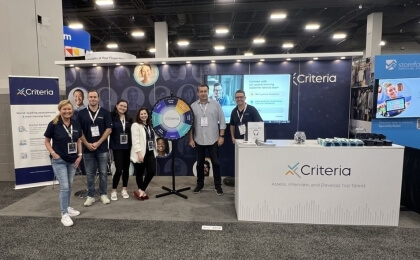Most hiring tools are designed to accomplish two primary tasks: to more accurately identify quality candidates, and to make the hiring process move more quickly and efficiently, for both employers and job seekers.
It’s obvious why you’d want to prioritize finding quality candidates. A bad hire can cost, on average, about 30% of the employee’s first-year salary according to an estimate from the US Department of Labor. What’s more, quality candidates can have an often intangible positive impact on an organization by increasing productivity, inspiring new ideas, and boosting morale. Identifying the best candidates among a sea of resumes can be a challenge, but it’s unquestionably worth the effort.
However, it’s equally clear why you’d want the hiring process to move as smoothly and efficiently as possible. Applying for jobs on the web has become almost too easy; it’s no surprise that an average of 250 resumes are submitted for every online posting. In this environment, and with time to hire being an important metric for talent management professionals, there’s a clear need for tools that move candidates through the evaluation process as quickly as possible. Together these two goals, quality of hire and time to hire, are hallmarks of a successful and rewarding hiring process. But as everyone who has done a lot of hiring knows, sometimes these two goals clash.
Pre-employment tests are one area where quality of hire and speed intersect. In general, gathering predictive data by using tests early in the hiring funnel can help streamline the hiring process by helping hiring managers direct their energies to evaluating candidates who are more likely to succeed. All other things being equal, it is also generally true that the longer a test is, the more accurate the information that it will gather.
For example, an aptitude test that is three hours long will generally have greater predictive validity and reliability than a 5-minute test would. But very few applicants would sit through a three-hour test as one of the first steps in an employment application process, and so not many employers would be willing to introduce that amount of friction into their hiring process. Especially in scenarios in which tests are being used as an initial screen, less is often more. More about how much testing is TOO much for candidates here.
The good news is that advances in psychometrics and testing technology offer hope that there are ways to deliver tests that aren't long, or don’t feel long, without compromising the quality of information these tests yield about candidates. Adaptive testing and assessments that incorporate “gamified” experiences are two examples of how tests can deliver great informational accuracy without sacrificing candidate experience. As testing technology improves, employers will increasingly not have to face a binary decision in which quality and speed of assessment are a zero-sum game.




